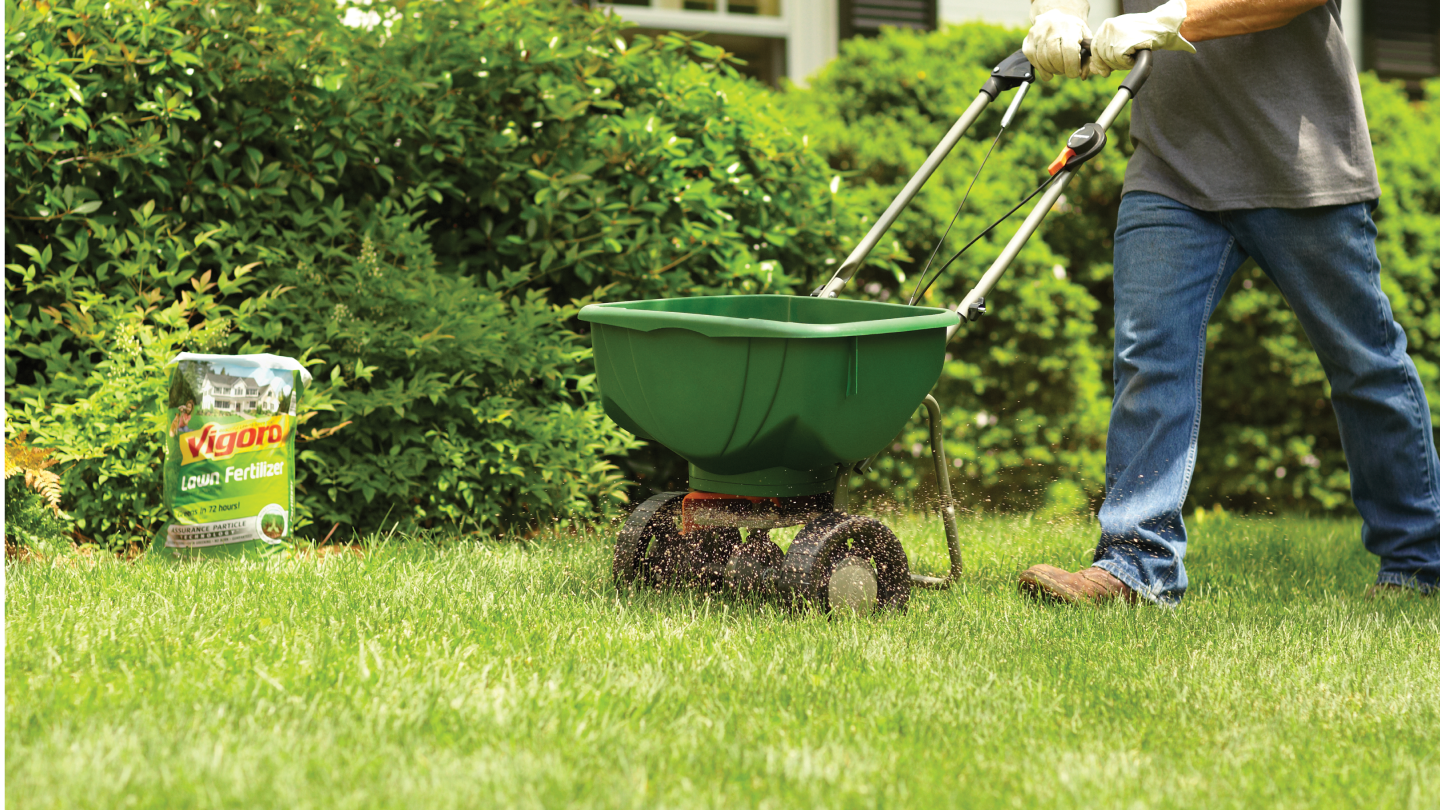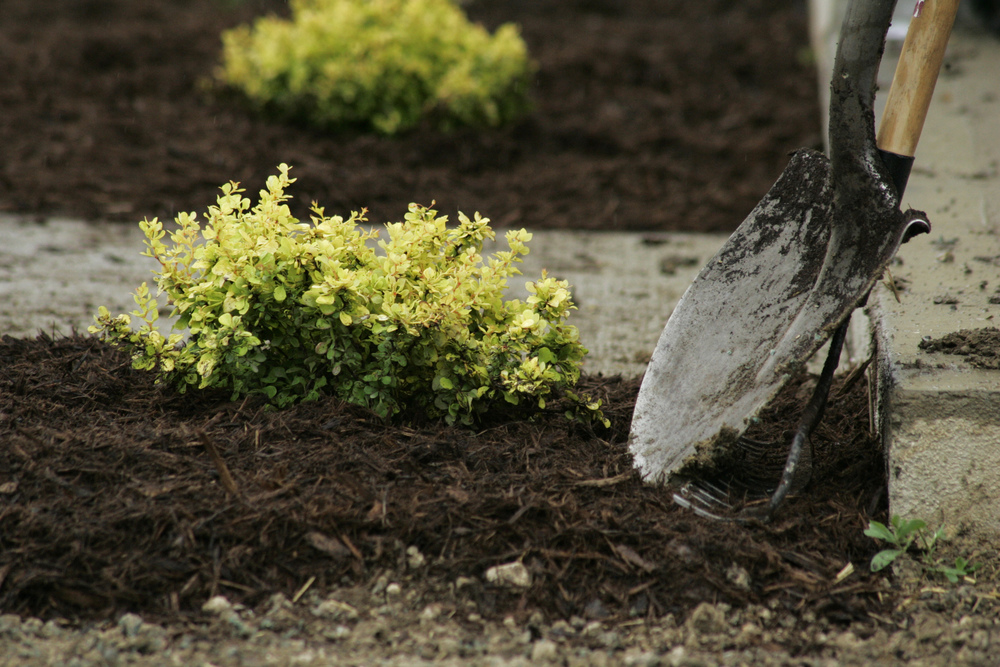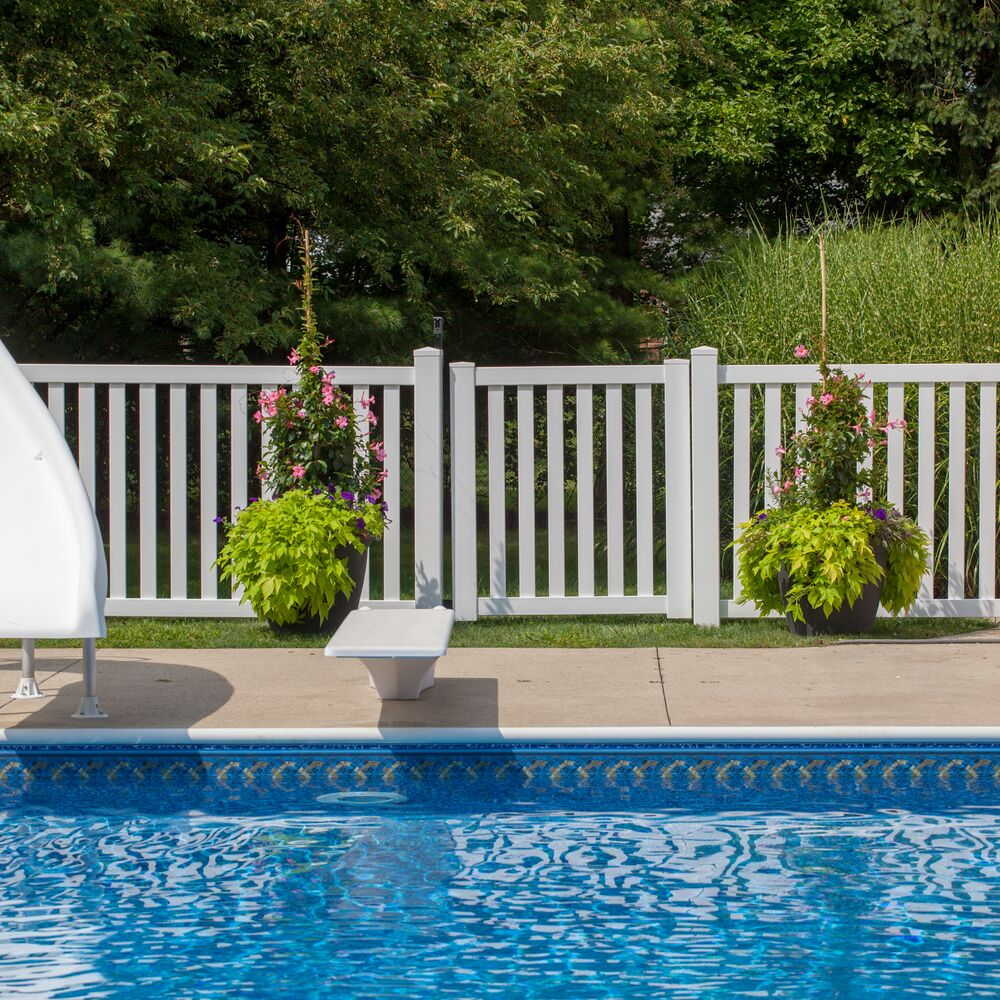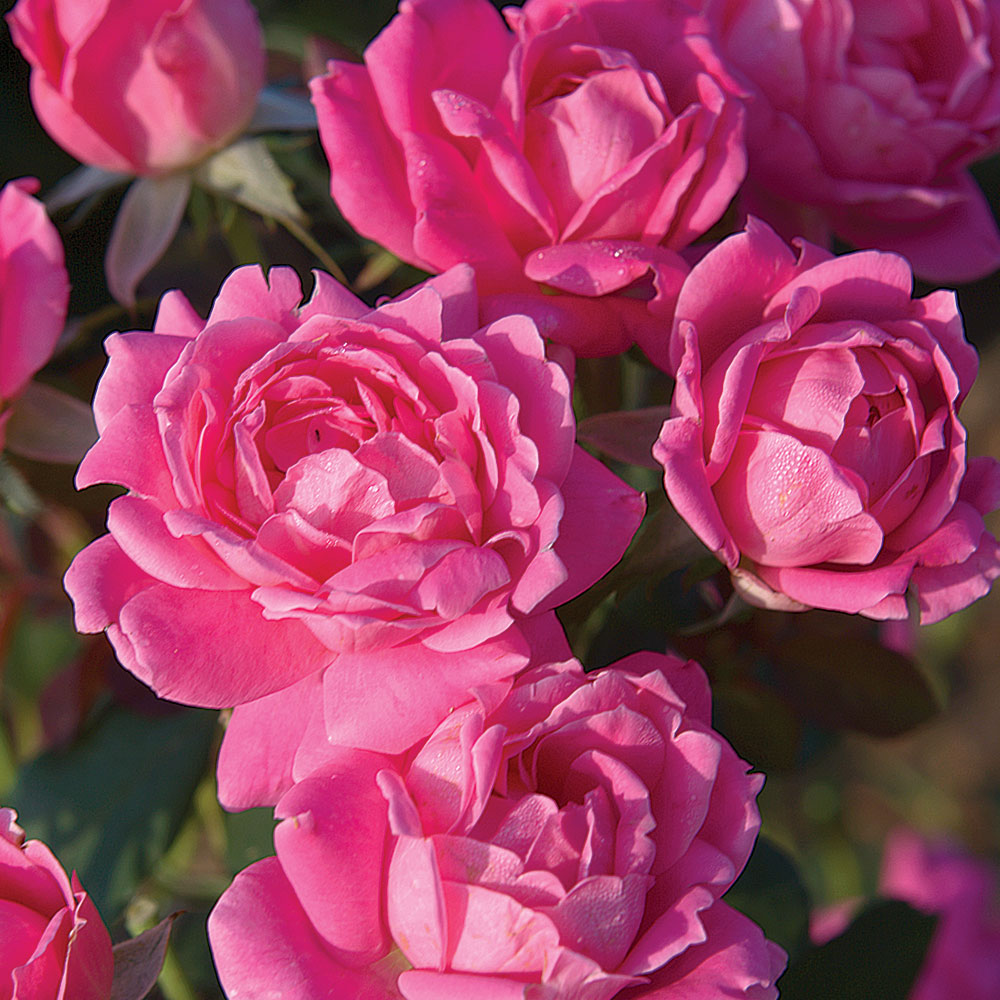Do you have what you need to make your garden grow?


Garden Center
Store Hours
Mon-Wed:
6:00am - 9:00pm
Thu:
6:00am - 10:00pm
Fri:
6:00am - 10:00pm
Sat:
6:00am - 10:00pm
Sun:
8:00am - 8:00pm
Curbside:
09:00am - 6:00pm
Location
Shop Outdoor and Garden Supplies Near You
Shop Plants Online
Garden Project Calculators
;Resize=(703,395.44))
Grass Seed Calculator
When you're ready to seed your lawn, our calculator helps you estimate the amount of grass seed you'll need to get the job done.
;Resize=(703,395.44))
Mulch Calculator
Enter your preferred material, the square footage and mulch depth of the coverage space for accurate results.
;Resize=(703,395.44))
Fencing Calculator
We'll calculate the amount of fencing you should purchase based on your property needs.
Shop Outdoor and Garden Brands
Frequently Asked Questions About Gardening
When do I pick fall produce?
Wait until the produce is ripe, if possible. Check your first frost date then prepare to get that final garden picking in before the cold brings the plant lifecycle to a close. If you've got only a brief freeze coming, cover your plants the night before with 5-gallon buckets or a tarp. It'll keep them warm and you'll get a little more time with them.
What's a good way to use tree trunks and branches after tree removal?
Wood chippers make tiny chips, while wood splitters leave you with more manageable chunks of wood. After pruning bushes and trees with hedge trimmers or a gas chainsaw, clean up the debris in a wood chipper. If your trees are healthy, the bark chips and chopped wood make mulch that you can spread in your fall garden. If you removed a tree, you can either get a log splitter or a wedge and a sledgehammer to divide the downed tree into smaller pieces. A wood splitter is quicker and a wise investment if you're doing an expansive amount of tree cleanup, and bigger is better here.
How can I remove fall leaves from my lawn?
Whether you need the power of a gas leaf blower or the comparatively quieter electric leaf blower, we've got both. Using a leaf blower can help you control the leaves with less physical effort. Electric versions come as cordless or corded leaf blowers. We've also got walk-behind, backpack, and handheld leaf blower models. Leaf vacuums, vacuum-mulcher combo units, or rakes are additional options. Turn the fallen leaves into mulch and enrich your soil or fill up leaf bags and take them out to the curb.
How do I store my lawn mowers and chainsaws for the winter?
To maintain outdoor power equipment, clean it before you store it. Check the manufacturer's website or your owner's manual for info on caring for a certain tool. For battery-powered tools, store the batteries in a place that won't freeze, as they don't do well with extreme temperatures. Idle gas tools until they sputter dry and then change the oil. Your tools will last longer when care for them well, saving you time and money.
How do I prepare outdoor hose faucets for winter?
Prepare your outdoor faucets for freezing temperatures by draining and covering them with faucet covers. Winterizing the hose bibb can be put off until watering the garden or washing the car is done for the year, but don't wait too long. With all hoses disconnected, turn off the indoor valves that control the spigots, then open the taps and let them run until the water stops. If you have pop-up sprinklers or a drip irrigation system, drain those as well as per the manufacturer's instructions. You may need an air compressor to get every last drop of water out. While you're at it, get a pool vacuum and pool cover and winterize your swimming pool, too.
What tools do I need for snow removal?
In climates where it gets cold and snowy, early fall is the time to prepare your snow removal tools. Snow blowers are great, but keep an ice scraper and snow shovel to clean trouble spots or chip away ice patches. Find lightweight cordless and electric snow blowers as well as gas snow blowers. People with larger driveways may consider using a salt spreader to evenly distribute the ice melt or salt to clear the way to the mailbox. Shop now before the weather cools more and the snow rolls in.
The Home Depot Garden Center at North Denton
Fall is a different time for your garden and lawn, so get out your work gloves, chainsaws, and pole saws. The focus shifts from growing to harvesting, from upkeep to cleanup. We've got fall lawn tips to help you make the most of your garden and landscaping as the season ends. We'll also guide you through planting and fall harvest. Depending on your climate, you might be able to garden throughout the chillier months. Read on for more on fall lawn and garden maintenance.
Fertilize or Patch Your Lawn
Patch bald spots on your lawn by overseeding them. Autumn is a great time to fill in brown or bare places in your yard. However, you should try to keep fallen leaves off freshly seeded areas. New grass seed needs sun, water, and air to grow, and leaf litter can block out the sunlight and air it needs to germinate.
If you're in a northern climate, prepare your cool-season grass for the fall with lawn fertilizer. Aerate your lawn before fertilizing to get those nutrients down near the roots right off the bat. An edger gives extra polish to the perimeter of your yard. Water your cool-season lawn regularly and tend to any weeds that show up. It'll need different maintenance than warm-season grass, which goes dormant as the weather cools. Taper down watering on warm-season lawns.
Get Bulb Plants in the Ground
If you've got your eye on bulb plants that greet the springtime sun, get those planted soon. Although their roots look different because they sprout from bulbs and not just below the stem, they still need time to grow downward. Check your plant hardiness zone before planting. In colder climates, certain bulb flowers, like freesias, should be planted in spring instead. Plan your daffodil, iris, and tulip displays now. Garlic and onions can also go in for next spring's harvest, but they won't need soil additives.
Try using retaining wall blocks to accent or surround your garden. A beautiful garden wall or hardscaping gives a finished look, especially when you spread a layer of rubber mulch. It'll overwinter just fine and look new longer than bark chips or other mulches that fade with weathering.
Encourage deep roots by sprinkling bone meal in the surrounding soil before you plant the flowers. Follow the instructions on the package and do not apply more than recommended. If you do add more, you may end up with a tulip plant with one or two massive leaves and no blooms, for example.
There are a few instances where you can skip soil additives or amendments. If you've already got exceptionally healthy soil that's chock full of compost and rich nutrients, just plant the flower bulbs. Superphosphate is an option if you've got rodents living nearby or if your dog is prone to digging up bones, as all these creatures may like the smell of bone meal.
Cut and Cover Perennials
In climates where you might have a cold snap but then warm up above freezing, cover your plants. Protect your garden from frost and freeze damage to extend their season. You can get extra life out of your garden by covering your plants with tarps, 5-gallon buckets, or even painting drop cloths. It'll warm your plants like a greenhouse or blanket, and they'll survive a frost.
This works well early on, until you're fully into the colder parts of the season. Uncover the plants in the morning when the thermometer goes up again and let them enjoy that autumn sun. Once the temperatures regularly dip below freezing, bid a fond farewell to the garden for the rest of the year.
Put the Garden to Bed
When the sun angle changes and your annuals start looking rougher, dig up the plants. Northern climates that get cold earlier in the fall may be putting the garden to bed for the season in October or November. After your annuals are done blooming for the year, dig them up, then chop and dispose of the dead plant debris. Feel free to let them decay to enrich the soil unless you had one of two exceptions: if your plants dealt with disease or if you had a snail problem.
For gardens overrun with snails and slugs or if your plants struggled with disease, put the old plants in a lawn and leaf bag and dispose of them. You don't want to bring the disease or snails to next year's garden. However, if you have a compost pile, feel free to add the slug-riddled plant parts there.
After you've removed the old plants, you've got a clean slate. Prepare your garden bed for the spring by rotating the soil with a rototiller or shovel. You want to send the topsoil down, bring up the deeper soil, and loosen the earth. It lets the soil rest and helps nutrients penetrate. It's also an excellent opportunity to test the soil and see what, if any, soil amendments you need. Different crops and plants use different nutrients. Test your soil to see if it's balanced or if you need to replenish certain nutrients that have been depleted.
Indoor Gardening
Gardeners with potted plants can extend their growing season by bringing delicate plants indoors to a sunny window. Indoor gardening allows both outdoor plants to live longer and indoor plants to bring joy into your home. Just make sure they get enough water, and turn them regularly to give all leaves equal sunlight. Be sure to add dishes beneath the pots to catch any extra water if they don't have built-in overflow dishes.
Warm the Outdoors with an Outdoor Fireplace
Stretch out your fall evenings with a fire pit, outdoor fireplace, or patio heater to take off the chill. No matter if you're looking to heat a small patio, a cozy back porch, or a spacious deck, we've got options. All you have to do is find the one that matches your decor style.
When you're curious about how to build an outdoor fireplace or fire pit, we have the supplies you need. We carry brick pavers, mortar, a wheelbarrow, trowels, and more. Let us help you get this fall project from doing to done. If you'd love some extra heat but would rather not install a gas fire pit or fireplace, we also have patio heaters, including gas, propane, and electric models.
Ease Into Fall
This fall, tidy up your flowers and plants with us. We've got everything you need for putting the garden to bed, leaf cleanup, and restoring nutrients to your soil so it's ready for next spring. Shop our wide variety of fall garden care and outdoor living products in our mobile app, online, or in the aisles of your North Denton store.
Nearby Stores
Find Another Store
1900 Brinker Road
Denton, TX 76208
5.25 mi
Mon-Sat: 6:00am - 10:00pm
Sun: 8:00am - 8:00pm
901 N Stemmons Pkwy
Lewisville, TX 75067
15.30 mi
Mon-Sat: 6:00am - 10:00pm
Sun: 8:00am - 8:00pm
2013 Hwy 377
Keller, TX 76248
17.27 mi
Mon-Sat: 6:00am - 10:00pm
Sun: 8:00am - 8:00pm
)
)
;Resize=(300,300))
)
.jpeg?im=Crop,rect=(363.69230769230774,1.2307692307692308,958.7692307692308,958.7692307692308);Resize=(300,300))
;Resize=(300,300))
;Resize=(300,300))
;Resize=(300,300))
;Resize=(300,300))
)
)
)
)
)
)
)
)
)
;Resize=(300,300))
;Resize=(300,300))
)
)
)
)
;Resize=(300,300))
)
)
;Resize=(300,300))
;Resize=(300,300))






































